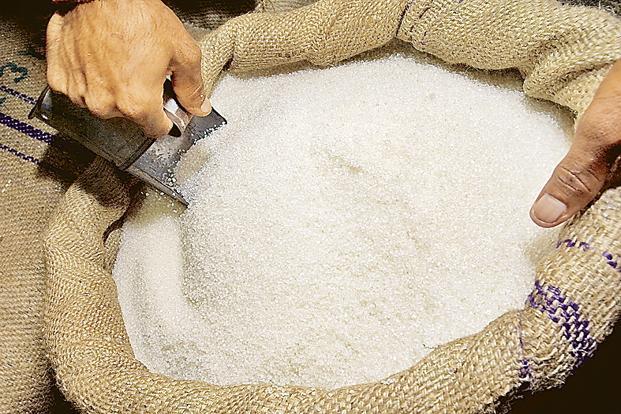India stops sugar export, rattles market
January 29, 20201.3K views0 comments
Kenneth Afor
The cause for the upset for global buyers emanated from the projections given by the International Sugar Organization (ISO) forecasting a deficit of 6.12 million tonnes in the 2019/2020 marketing year.
To avert the effect of the deficit, the government of India last year approved a sugar subsidy regime of about 10,448 rupees ($145.58) per tonne for the 2019/2020 market year.
This would offset the 6 million tonnes of surplus stocks already earmarked for exports in the country.
However, industry experts have examined notable indices that could keep India’s export target low.
They noticed that there is a little drive from the government in keeping its promise of the subsidy regime which could see the release of about 5 million tonnes instead of the initial 6 million tonnes for exports of the sweetener.
Data show that a slight fall in exports of about 916,000 tonnes from the previous year of 945,000 tonnes of the sweetener was recorded in October and December in India.
Also, marketers are on the watch for prices to surge in other to attract more supplies before going ahead to sell.
“There’s no reason for Indian exports not to be flowing, but here we are,” said Stephen Geldart, an analyst at sugar trader Czarnikow.
Despite the current dependency on India’s sugar by global buyers, the most concentrated region for sugar production is the Maharashtra state; the country’s second-biggest sugar producing state which exports mostly low-quality white sugar, a less accepted type of sugar in the futures market, is now being preferred by buyers instead of the deliverable whites.
Meanwhile, a dealer from a trading firm in the state said the government’s subsidy regime has given a boost for dealers and that firms in the states will commence sales in which a tonne of the sweetener could sell for at least 2,000 rupees ($28.14) for exports than local sale prices.
Invariably, according to a government official, the subsidy regime would affect distribution quotas for next month after a thorough assessment would have been carried out.

